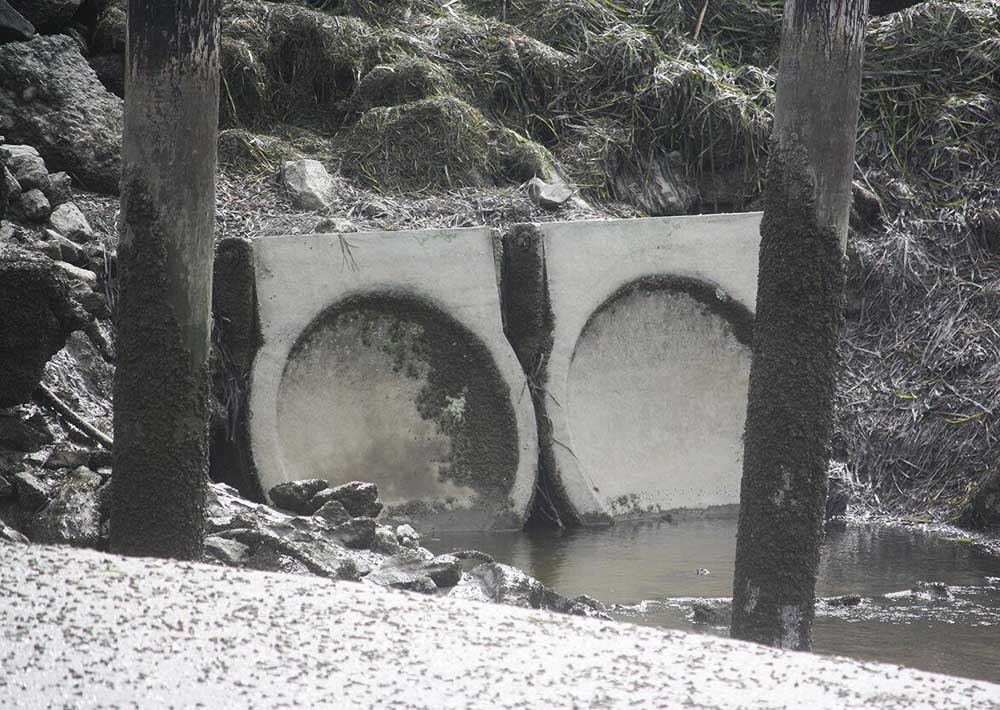Tribe seeks say in Skagit tide gate dispute
Published 8:25 pm Monday, November 25, 2024

- The Swinomish Indian Tribal Community in northwest Washington state has moved to intervene in a lawsuit over replacing tide gates in the Skagit Delta.
The Swinomish Indian Tribal Community in northwest Washington state has moved to intervene in a lawsuit between Skagit Delta farmers and the National Marine Fisheries Service over maintaining a tide gate that keeps farmland dry.
The tribe stated in a court filing last week that it supports the federal agency’s position that prolonging the tide gate’s life for another 50 years will block potential fish habitat and jeopardize Puget Sound Chinook salmon and killer whales.
Federal officials, however, don’t have as much on the line as the tribe and may not defend their decision as vigorously as the tribe, according to the motion to intervene.
“Salmon provides us with the proteins, fats, vitamins and minerals that we need to be a strong and healthy people,” Swinomish Indian Senate chairman Steve Edwards said in a legal filing.
Skagit Delta tide gates swing shut at high tide to keep Puget Sound saltwater from inundating farm fields. There are more than 100 tide gates protecting the 70,000-acre delta. Many are more than a century old.
The National Marine Fisheries Service concluded replacing a storm-damaged tide gate at the mouth of No Name Slough would jeopardize the continued existence of salmon and killer whales throughout Puget Sound.
Without repairs, the tide gate will fail and allow about 200 acres of farmland to become fish habitat, according to the agency.
Skagit County Dike District 12 can replace the tide gate if it converts at least 8.6 acres somewhere in the delta into fish habitat to make up for the damage caused by the tide gate’s extended life, according to the agency.
The dike district has sued in U.S. District Court for western Washington. The district claims the agency has misapplied the Endangered Species Act. Converting land into fish habitat would cost millions, according to the district.
In seeking to intervene in the lawsuit, the Swinomish, represented by Earthjustice, said the tribe has a history of prodding federal agencies to take a harder look at tide gates.
Tide gates block large swaths of Skagit estuary habitat, according to the tribe.
“The lack of sufficient estuary habitat is a primary limiting factor in Skagit chinook salmon recovery,” the motion states. “The loss of fish opportunities has strained the tribe’s cultural lifeline and diminished tribal members’ overall well being.”
Farmers began building dikes and tide gates in the 1860s to dry out the delta. The National Marine Fisheries Service’s position sets a precedent for other tide gate repairs and jeopardizes farming in one of Washington’s most productive agricultural regions.




